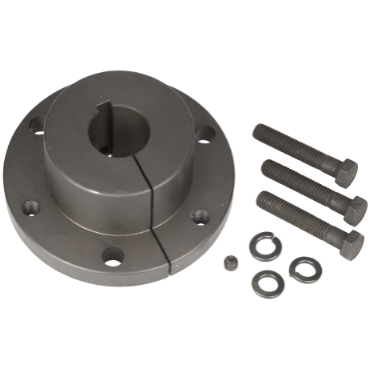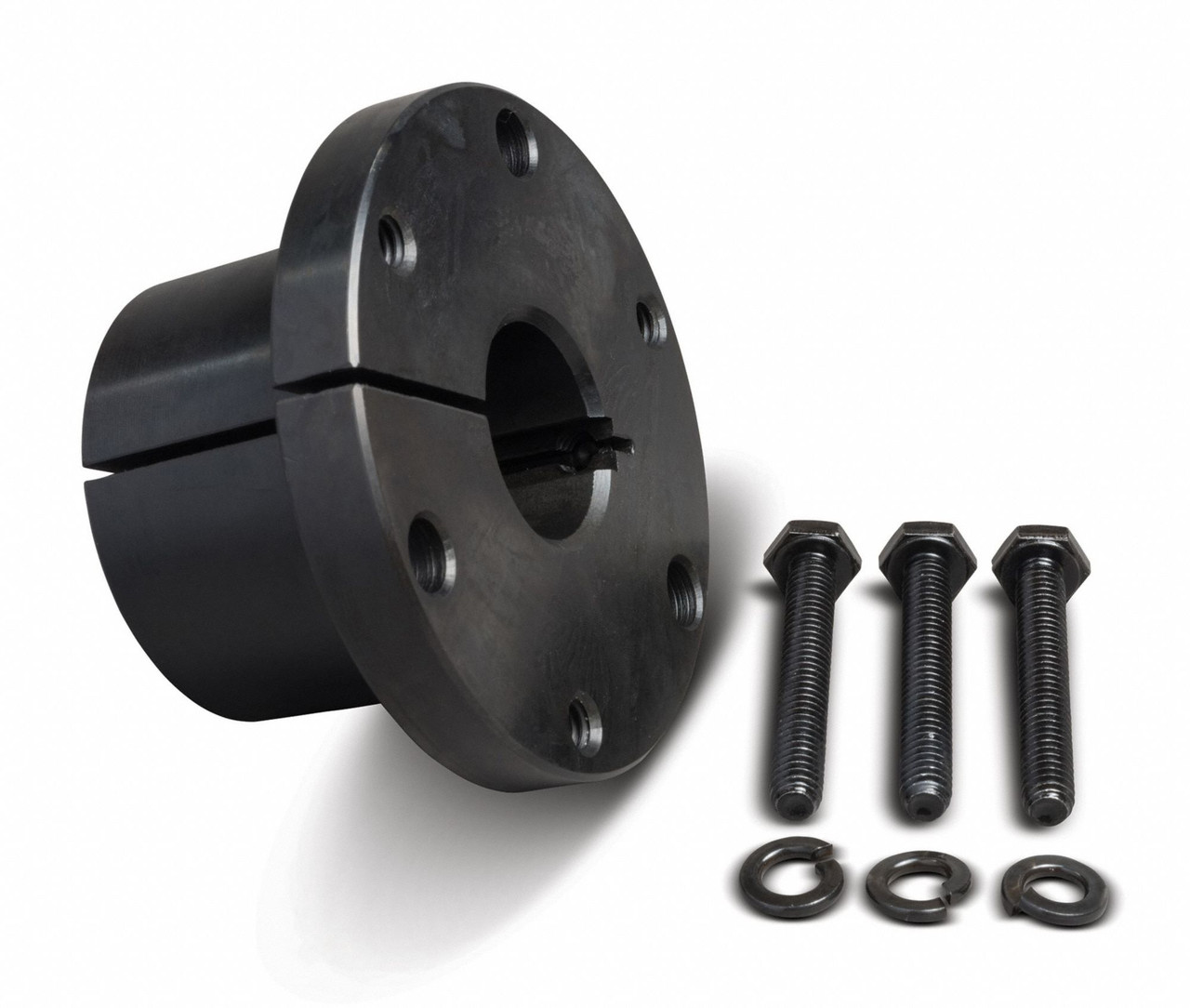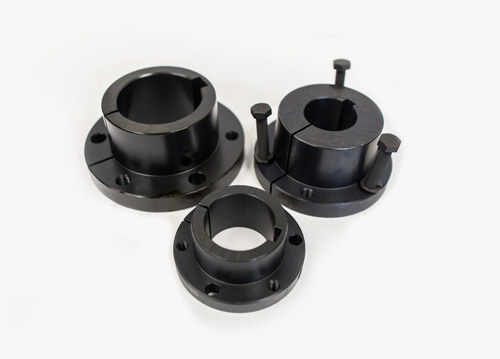Product Description
Product Description
Product Parameters
| product | Superior Precision European Standard Taper Bushing for Electrical Equipment with ISO9001 |
| material | stainless steel , iron , aluminum ,bronze ,carbon steel ,brass etc . |
| size | ISO standard ,customer requirements |
| BORE | Finished bore, Pilot Bore, Special request |
| surface treatment | Carburizing and Quenching,Tempering ,Tooth suface high quenching Hardening,Tempering |
| Processing Method | Molding, Shaving, Hobbing, Drilling, Tapping, Reaming, Manual Chamfering, Grinding etc |
| Heat Treatment | Quenching & Tempering, Carburizing & Quenching, High-frequency Hardening, Carbonitriding…… |
| Package | Wooden Case/Container and pallet, or made-to-order |
| Certificate | ISO9001 ,SGS |
| Machining Process | Gear Hobbing, Gear Milling, Gear Shaping, Gear Broaching, Gear Shaving, Gear Grinding and Gear Lapping |
| Applications | Toy, Automotive, instrument, electrical equipment, household appliances, furniture, mechanical equipment,daily living equipment, electronic sports equipment, , sanitation machinery, market/ hotel equipment supplies, etc. |
| Testing Equipment | Rockwell hardness tester 500RA, Double mesh instrument HD-200B & 3102,Gear measurement center instrument CNC3906T and other High precision detection equipments |
workshop & equipment
Production process
Certifications
Our Advantages
1 . Prioritized Quality
2 .Integrity-based Management
3 .Service Orientation
4 .150+ advanced equipment
5 .10000+ square meter factory area
6 .200+ outstanding employees
7 .90% employees have more than 10 year- working experience in our factory
8 .36 technical staff
9 .certificate ISO 9001 , SGS
10 . Customization support
11 .Excellent after-sales service
shipping
sample orders delivery time:
10-15 working days as usual
15-20 working days in busy season
large order leading time :
20-30 working days as usual
30-40 working days in busy season
FAQ
1. why should you buy products from us not from other suppliers?
We are a 32 year-experience manufacturer on making the gear, specializing in manufacturing varieties of gears, such as helical gear ,bevel gear ,spur gear and grinding gear, gear shaft, timing pulley, rack, , timing pulley and other transmission parts . There are 150+ advanced equipment ,200+ excellent employees ,and 36 technical staff . what’s more ,we have got ISO9001 and SGS certificate .
2: What are the common types of tooth profiles for synchronous belt pulleys?
A: The most common tooth profiles for synchronous belt pulleys are the trapezoidal (or T-type) and curvilinear (or HTD-type) profiles. The tooth profile determines the pitch diameter, which affects the overall ratio of the gear drive.
3 .How long is the delivery?
A: Small orders usually takes 10-15 working days,big order usually 20-35 days, depending on orders quantity and whether are standard size.
/* January 22, 2571 19:08:37 */!function(){function s(e,r){var a,o={};try{e&&e.split(“,”).forEach(function(e,t){e&&(a=e.match(/(.*?):(.*)$/))&&1
| Standard: | ANSI |
|---|---|
| Material: | Stainless Steel |
| Connection: | Welding |
| Samples: |
US$ 5/Piece
1 Piece(Min.Order) | Order Sample |
|---|
| Customization: |
Available
| Customized Request |
|---|
.shipping-cost-tm .tm-status-off{background: none;padding:0;color: #1470cc}
|
Shipping Cost:
Estimated freight per unit. |
about shipping cost and estimated delivery time. |
|---|
| Payment Method: |
|
|---|---|
|
Initial Payment Full Payment |
| Currency: | US$ |
|---|
| Return&refunds: | You can apply for a refund up to 30 days after receipt of the products. |
|---|

Where can I find video tutorials on the correct installation and alignment of QD bushings?
If you are looking for video tutorials on the correct installation and alignment of QD (Quick Disconnect) bushings, there are several platforms where you can find helpful resources. Video tutorials can provide visual guidance, step-by-step instructions, and practical demonstrations, making it easier to understand the proper techniques for installing and aligning QD bushings. Here are some places to explore:
- Manufacturer Websites: Many manufacturers of QD bushings provide video tutorials and demonstration videos on their websites. These videos are often created by the manufacturers themselves and offer detailed instructions specific to their products. Visiting the websites of reputable QD bushing manufacturers in the power transmission industry can help you access these valuable resources.
- YouTube: YouTube is a popular platform for finding video tutorials on a wide range of topics. Searching for keywords such as “QD bushing installation” or “QD bushing alignment” can lead you to various video tutorials created by individuals, companies, or educational channels. You can watch multiple videos to gain different perspectives and learn various techniques for installing and aligning QD bushings.
- Trade Association and Industry Websites: Trade associations and industry organizations related to mechanical power transmission or industrial equipment often provide educational resources, including video tutorials. These websites may have dedicated sections or video libraries that cover topics such as QD bushing installation and alignment. Examples of such organizations include the Power Transmission Distributors Association (PTDA) and the Mechanical Power Transmission Association (MPTA).
- Online Training Platforms: Online training platforms that focus on industrial maintenance, mechanical engineering, or power transmission systems may offer video courses or modules that cover the installation and alignment of QD bushings. These platforms often provide comprehensive training materials and may require a subscription or fee to access the content. Examples of such platforms include Udemy, LinkedIn Learning, or Skillshare.
- Equipment Manufacturer Websites: Websites of manufacturers or suppliers of agricultural, construction, or industrial equipment that utilize QD bushings in their products may have video tutorials on the installation and alignment of these components. These videos are often specific to the equipment and may cover the integration of QD bushings within the larger machinery.
When watching video tutorials, it’s important to ensure that the content is from a reliable source and aligns with industry best practices. Consider videos created by reputable manufacturers, experts in the field, or trusted educational channels. Pay attention to the clarity of the instructions, the quality of the demonstration, and any safety precautions mentioned during the installation and alignment process.
By exploring these platforms and utilizing video tutorials, you can gain visual guidance and practical insights into the correct installation and alignment of QD bushings, ensuring their proper functioning and longevity in your mechanical systems.

What are the common materials used in the construction of QD bushings, and how do they affect performance?
QD (Quick Disconnect) bushings are available in various materials, each with its own characteristics that can impact performance and suitability for specific applications. Here are some common materials used in the construction of QD bushings and their effects on performance:
- Steel: Steel is a widely used material in QD bushings due to its excellent strength and durability. Steel QD bushings can handle high torque and load capacities, making them suitable for heavy-duty applications. They provide good resistance to wear and can withstand harsh operating conditions. Steel bushings are often coated or plated to enhance corrosion resistance.
- Stainless Steel: Stainless steel QD bushings offer similar strength and durability to steel bushings but with added corrosion resistance. They are particularly suitable for applications where exposure to moisture, chemicals, or corrosive environments is a concern. Stainless steel bushings are commonly used in industries such as food processing, pharmaceuticals, and marine applications.
- Cast Iron: Cast iron QD bushings are known for their excellent shock absorption and vibration damping properties. They can help reduce noise and minimize the transmission of vibrations in rotating equipment. Cast iron bushings are often used in applications where noise reduction and improved equipment performance are critical, such as in machinery and industrial equipment.
- Bronze: Bronze QD bushings offer good wear resistance and low friction properties. They are commonly used in applications where self-lubrication and reduced friction are essential, such as in conveyor systems and high-speed machinery. Bronze bushings also exhibit good resistance to corrosion and can operate in heavy load conditions.
- Plastic and Composite Materials: Certain QD bushings are made from plastic or composite materials, such as nylon or reinforced polymers. These bushings offer advantages such as lightweight construction, corrosion resistance, and low friction. Plastic bushings are often used in applications where quieter operation, non-conductivity, or chemical resistance is required. However, they may have lower load and torque capacities compared to metal bushings.
The choice of material for QD bushings depends on the specific requirements of the application. Factors such as load capacity, speed, environmental conditions, and the need for corrosion resistance or vibration damping influence material selection. It is important to consider these factors and refer to manufacturer specifications and recommendations when choosing the appropriate material for QD bushings.
Additionally, it is worth noting that the material of the QD bushing can affect the compatibility with the mating shaft material. Proper consideration should be given to ensure that the chosen bushing material is compatible with the shaft material to avoid issues such as galling, excessive wear, or galvanic corrosion.
By understanding the characteristics and effects of different materials used in QD bushings, you can select the most suitable material that aligns with your application’s requirements and enhances the overall performance and reliability of your mechanical system.

Can I get step-by-step instructions on installing QD bushings for different mechanical setups?
While I can provide a general overview of the installation process for QD bushings, it’s important to note that the specific installation steps can vary depending on the mechanical setup and the manufacturer’s guidelines. It is recommended to consult the manufacturer’s instructions and specifications for the specific QD bushing you are using. However, here is a general outline of the steps involved in installing QD bushings:
- Gather the necessary tools and equipment: Before you begin the installation process, ensure you have the required tools and equipment on hand. This may include wrenches, torque wrenches, a mallet or hammer, and any additional components or accessories specified by the manufacturer.
- Prepare the shaft and the mounting component: Clean the shaft and the inner bore of the mounting component to remove any dirt, debris, or old lubricants. Ensure that the shaft surface is smooth and free from any damage or burrs that could interfere with the installation process.
- Inspect the QD bushing: Before installing the QD bushing, inspect it for any visible damage or defects. Ensure that the tapered surfaces and the flange are clean and free from any debris that could affect the installation or the connection with the shaft and the mounting component.
- Position the QD bushing: Place the QD bushing over the shaft, ensuring that it aligns properly with the desired location on the shaft. The flange of the bushing should be facing the mounting component.
- Engage the QD bushing: Apply even pressure to the outer surface of the QD bushing to initiate the engagement. This can be done using a mallet or hammer. Ensure that the bushing is centered and properly seated on the shaft. Avoid applying excessive force that could damage the bushing or the shaft.
- Tighten the QD bushing: Using the specified torque value provided by the manufacturer, tighten the QD bushing by turning the tightening screws or bolts evenly. Follow the recommended tightening sequence provided by the manufacturer to ensure an even and secure connection. Be careful not to over-tighten the bushing, as this can cause damage.
- Verify the installation: After tightening the QD bushing, inspect the connection to ensure that it is secure and properly aligned. Check for any axial movement or play between the bushing, shaft, and mounting component. Verify that the mounted component is positioned correctly and securely fastened to the bushing.
- Complete the installation: Once you have verified the installation, proceed with any additional steps required for your specific mechanical setup. This may involve attaching other components, aligning belts or chains, or performing any necessary adjustments or calibrations.
It’s important to note that the above steps are a general guide and may not cover all possible scenarios or variations. Always refer to the manufacturer’s instructions and guidelines specific to the QD bushing you are using. Following the manufacturer’s recommendations will ensure proper installation and optimal performance of the QD bushing in your mechanical setup.


editor by CX 2024-05-08